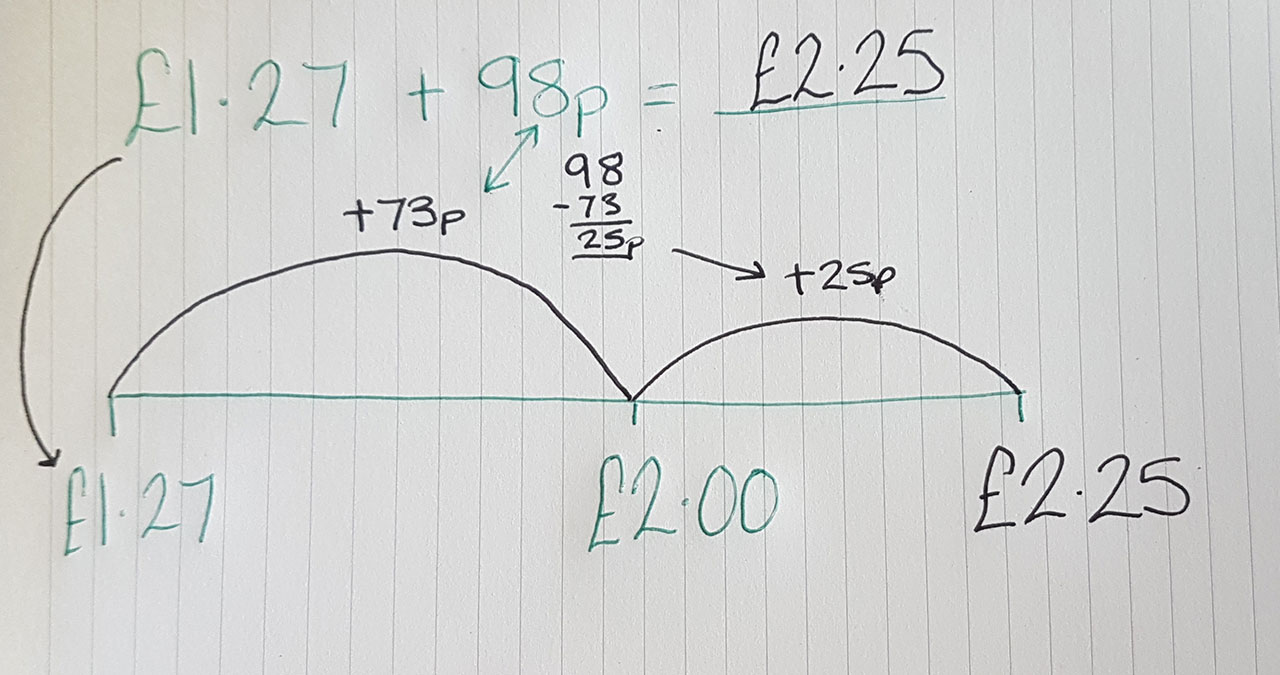Spelling: Continue to practise the ‘ch’ or ‘tch’ rule. Don’t forget, the ‘t’ protects lonely vowels. Make sure you can remember the rule without having to read it. Try and correctly spell 5 of the words on your list.
English: On the class website I have uploaded the final few pages of Arthur and the Golden Rope. I can’t upload it to Facebook as it would breach copyright. There are links to a downloadable PowerPoint with the final few pages on it; the password to open the document is ‘CedarAATGR’. Please read the final few pages of the story. Then, in your workbook answer the following questions under the LO: to review a book. Did you enjoy the story? What were your favourite parts? Did the story finish in the way you thought it would when we first started reading it? Finish off by doing a full book review – see the class website for a template book review form (the ones we use in class) which you could copy or print off.
If you have any problems with the downloads, please comment on this post and I will try and find a way to get the files to you.
Maths: Measurement – Find a tape measure or ruler, then go around your home and measure the length of 10 objects. Draw a table in your book to record the data – a heading for one column could be ‘item’ and the other could be ‘length’. Make sure you are accurate in your measurement. Use centimetres, unless the object is very large (in which case you may need to use metres) or very small (for which you might need to use millimetres). Finish off by putting the objects in order from smallest to largest.
Arithmetic: Please continue to practise your three times table, and see how well you can solve quick-fire multiplication and division problems using your three times table skills.
Geography: In your books, write the LO: to use position and direction. Write a set of instructions to direct a partner around a room in your home, or around some obstacles in your garden. Use compass directions to provide your instructions. For example: move 3 steps north. If you have access to a compass to work out which way is north, that will make this easier for you (some phones and iPads have compass apps on them). If you don’t have a compass, you can work out which way is north by seeing which direction the sun is at at midday, be careful not to stare at the sun though!
Additional tasks: 20 minutes of daily reading, continual revision of times tables (2s, 3s, 4s, 5s, 10s), red carpet run.



